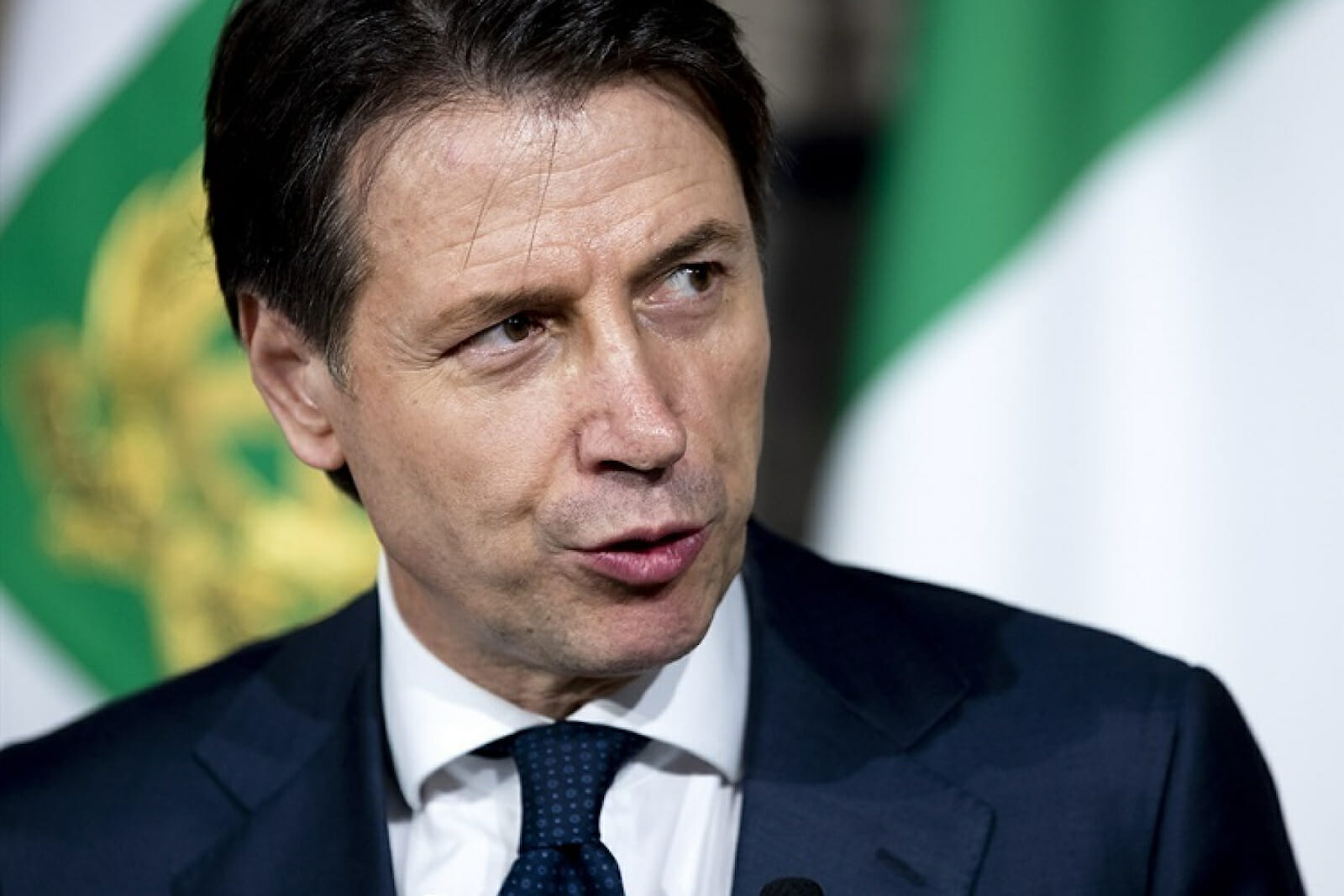
China in Europe’s Heartland
Last week, Italian leaders signed up to join China’s Belt and Road initiative during President Xi Jinping’s state visit to Rome. The memorandum of understanding that was signed included a $2.8 billion package that included nearly 30 deals that involve infrastructure projects, as well as other sectors of the Italian economy. As soon as Xi Jinping left Europe, Luxembourg’s Prime Minister Xavier Bettel paid a visit to Beijing, where he signed an accord to endorse China’s multibillion-infrastructure project. This is part of an effort on the part of China to expand its initiative across the globe, which has already raised concerns in the US and other European capitals.
Before his visit to the Eurozone’s third-largest economy, Italy, the only member of the G-7 that joined BRI, President Xi wrote an article, where he argued that Beijing is looking to strengthen a “global strategic partnership with Italy” before the celebration of the 50th anniversary of establishing diplomatic relations between the two countries in 1970. According to the Chinese President, this new strategic partnership will coordinate the two countries positions on multiple issues from climate change to strengthening multilateralism through the United Nations, the World Trade Organization and other institutions like the G-20, which would protect common interests in trade and peace. Emphasizing the rich historical relations between the two countries that dates back to the Han Dynasty and the Roman Empire and the significance of Italy’s participation on China’s Belt and Road initiative, Xi argued that the two countries could “develop projects in sectors that include port logistics, telecommunication, pharmaceutical, and shipping services.”
However, Italy and Luxembourg’s endorsement of China’s Belt and Road initiative does not only represent China’s growing economic influence in Europe. In Central and Eastern Europe, Beijing has engaged with those countries through the 16+1 initiative in order to promote China’s trade and investment interests in Central and Eastern Europe. The financial crisis in 2008 coupled with the political problems in Europe following the refugee crisis in 2014 provided Beijing an opportunity to attract these countries through economic partnerships as they are struggling to create a delicate balance between the economic and social well-being of the society and the European Union’s liberal project of open borders and freedom of movement. Many of these countries were part of either the Soviet Union or the Warsaw Pact and joined the western European institutions after the end of the Cold War, but this 16+1 arrangement is not always a stable pact. Instead, these European countries continue to compete with one another to become the Middle Kingdom’s main gateway to Europe. Another challenge that China could potentially face in the long-term is the security challenges in the Balkans, which Beijing is not involved in at the moment, but if the 16+1 arrangement continues to exist, it should be an area that policymakers in Beijing should consider participating in. The US and its competition with China is another factor that complicates the 16+1 arrangement, as several Central European countries such as Poland express a desire for strong bilateral ties with the US. Greece is another European country that is not part of the 16+1 initiative but has already attracted foreign investment from China in recent years.
Rome and its decision to join the Belt and Road initiative is where the challenge comes up. Italy had a recession at the end of 2018. The high debt level coupled with a massive spending program in its budget that has backlashed with the European Union and an aging infrastructure requires the Italian government to seek foreign direct investment to improve its economic wellbeing. And China is the only country that is currently willing to invest billions on massive infrastructure in order to gain access to European markets, while this offers Rome an opportunity to play independently from the EU as the current government is contradicting Brussels’ on many fronts in the short-term. It is a win-win situation.
However, the European Union and the US are raising concerns about the long-term strategic advantages that Beijing may receive from its investments across Europe. Although the White House dialed back the rhetoric after the MOU was signed, a top official in the US National Security Council called on Italy not to lend legitimacy to China’s “infrastructure vanity project.” This increases the call for some officials to allow the European Commission an authority to block any Chinese investment that deems to threaten the blocs’ unity or at least to consult with the commission before signing trade arrangements with Chinese state-owned firms. But the extent to which this suggestion could be turned into practice is still doubtful and is one of the major questions that the European Union needs to address. How to make the national interests of the EU member states and the common interests of the organization compatible? What is the role of the EU in a new era of great power rivalry in which the European powers are not active as great powers? Would the Europeans preserve the traditional transatlantic alliance and how could this have an impact on Europe’s “strategic autonomy” and its engagement with China?
Although it appears that there is a lack of a common position in the European capitals regarding the question of how to address China, it seems that Europe is trying to play a delicate balance between welcoming Chinese investment and addressing serious concerns regarding the security and strategic aspects of the Belt and Road initiative. Recently, the European Union issued a report, arguing that China should be recognized as an ‘economic and systemic rival,’ that should no longer be considered as a ‘developing nation.’ European leaders are pressing China to open up its market as they are watching the ongoing Sino-America trade negotiations, which is intended to address major issues including intellectual property rights and China’s industrial policies among other concerns.
But here is where the European challenge comes in. The lack of a common strategy towards China as a bloc, coupled with the internal divisions inside the European Union as well as the struggle between common European interests and nation-states interests avoid the need for the European Union to carve up a strategy towards China, while avoiding being part of what US officials call China’s “debt-trap diplomacy.” This lack of strategic coordination among the European countries offers China an opportunity to engage with European nations bilaterally, in a process that is parallel to the EU-China strategic partnership and offer investments to a number of European countries that are growing suspicious of the European project.
As long as the European Union and its member states lack a common strategy towards China, a number of European countries will engage bilaterally with China to “create their own opportunity” as the Italian government argued, by attracting new Chinese investments to their markets, which could have a political impact in the long-term. This will offer China a new opportunity to expand the Belt and Road initiative to include other countries in Europe and gain more markets for Chinese goods and services, which may offer strategic advantages in the future. For the US, although it has already identified China as a long-term “strategic competitor” in its national security strategy, what has to be noted is the extent to which Washington is prepared to compete with China economically and strategically. Identifying a country as a strategic adversary does not make up a strategy, but what makes a strategy is what it is intended to achieve and what in the end it looks like.
